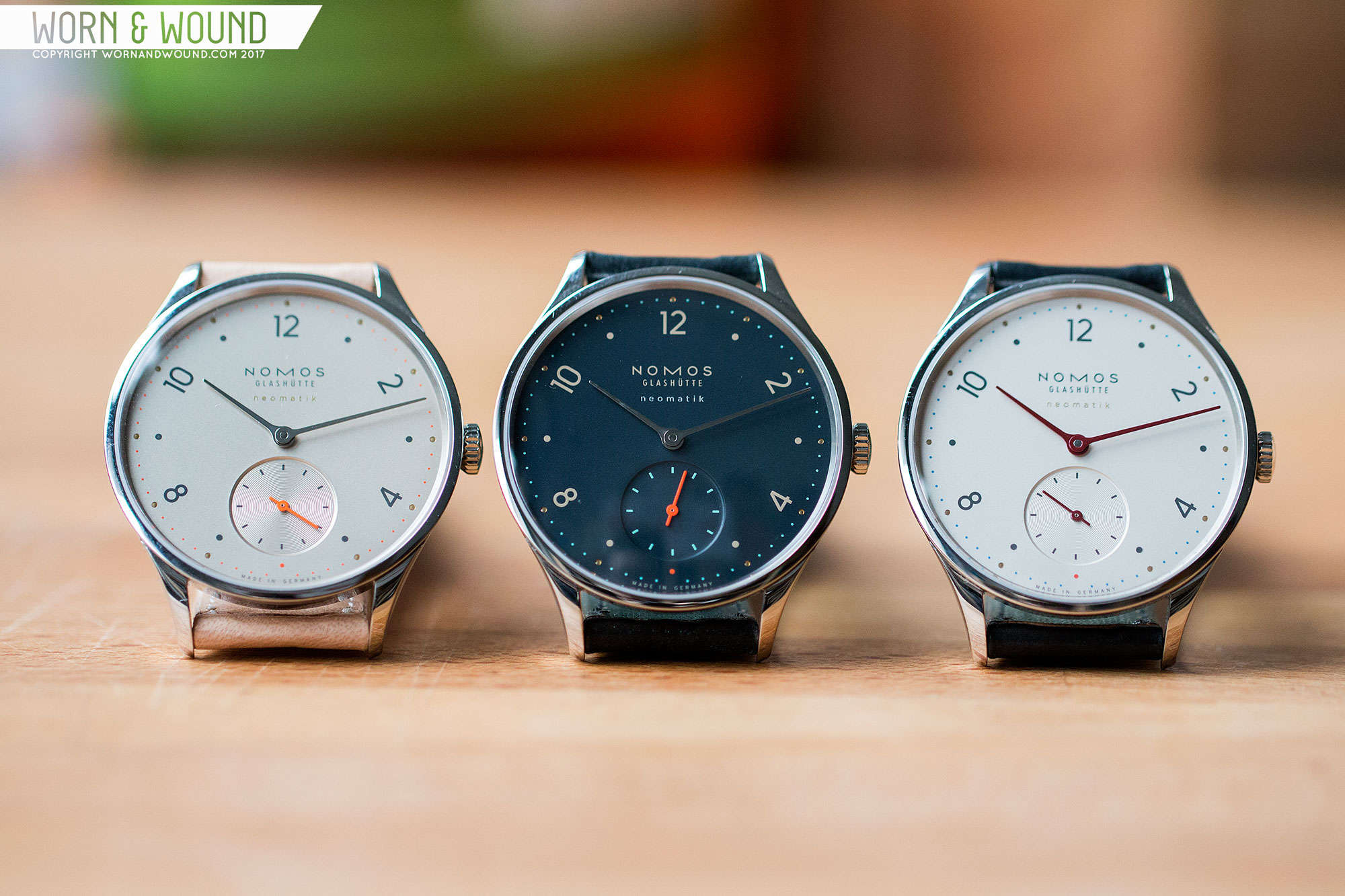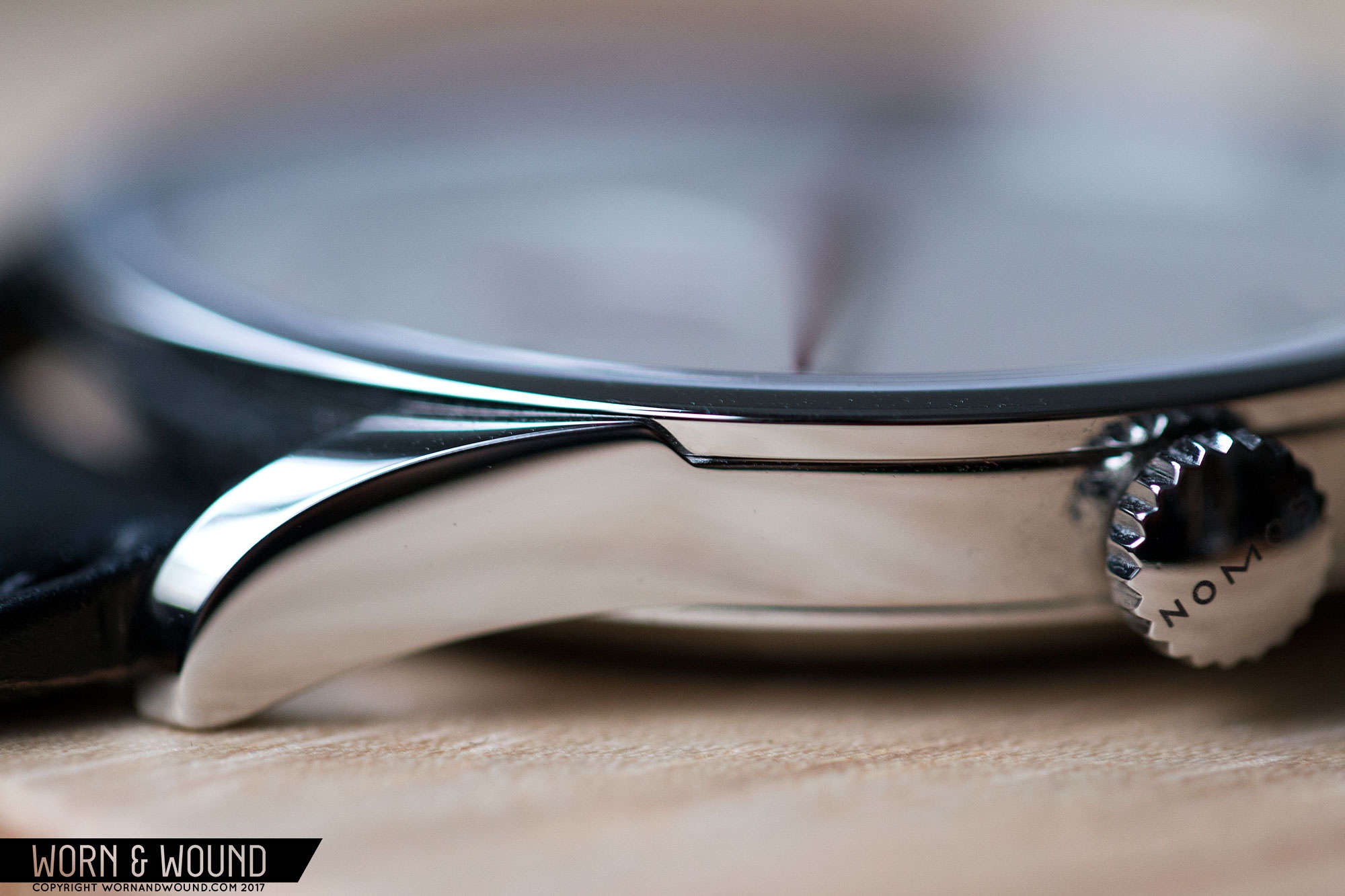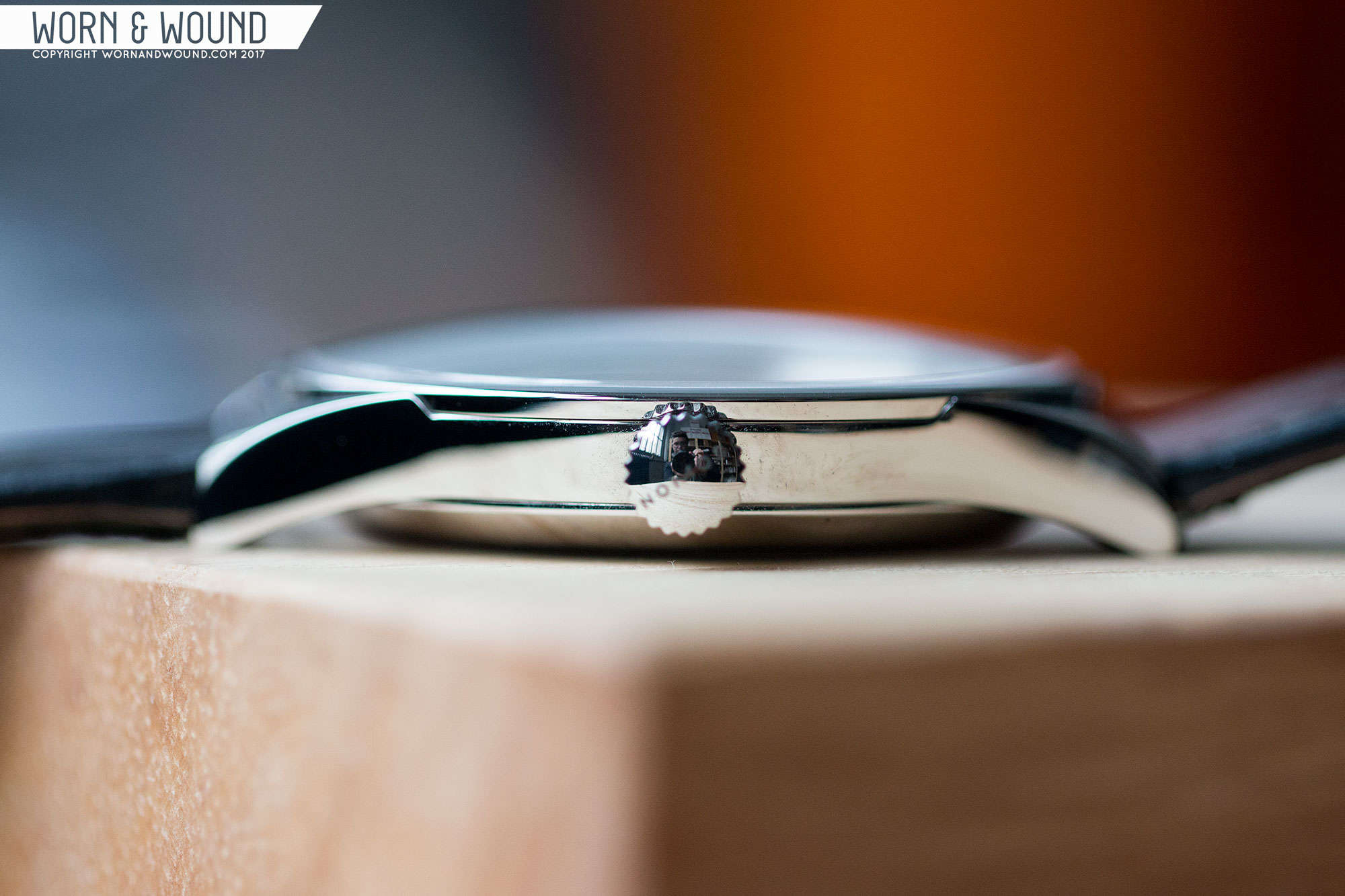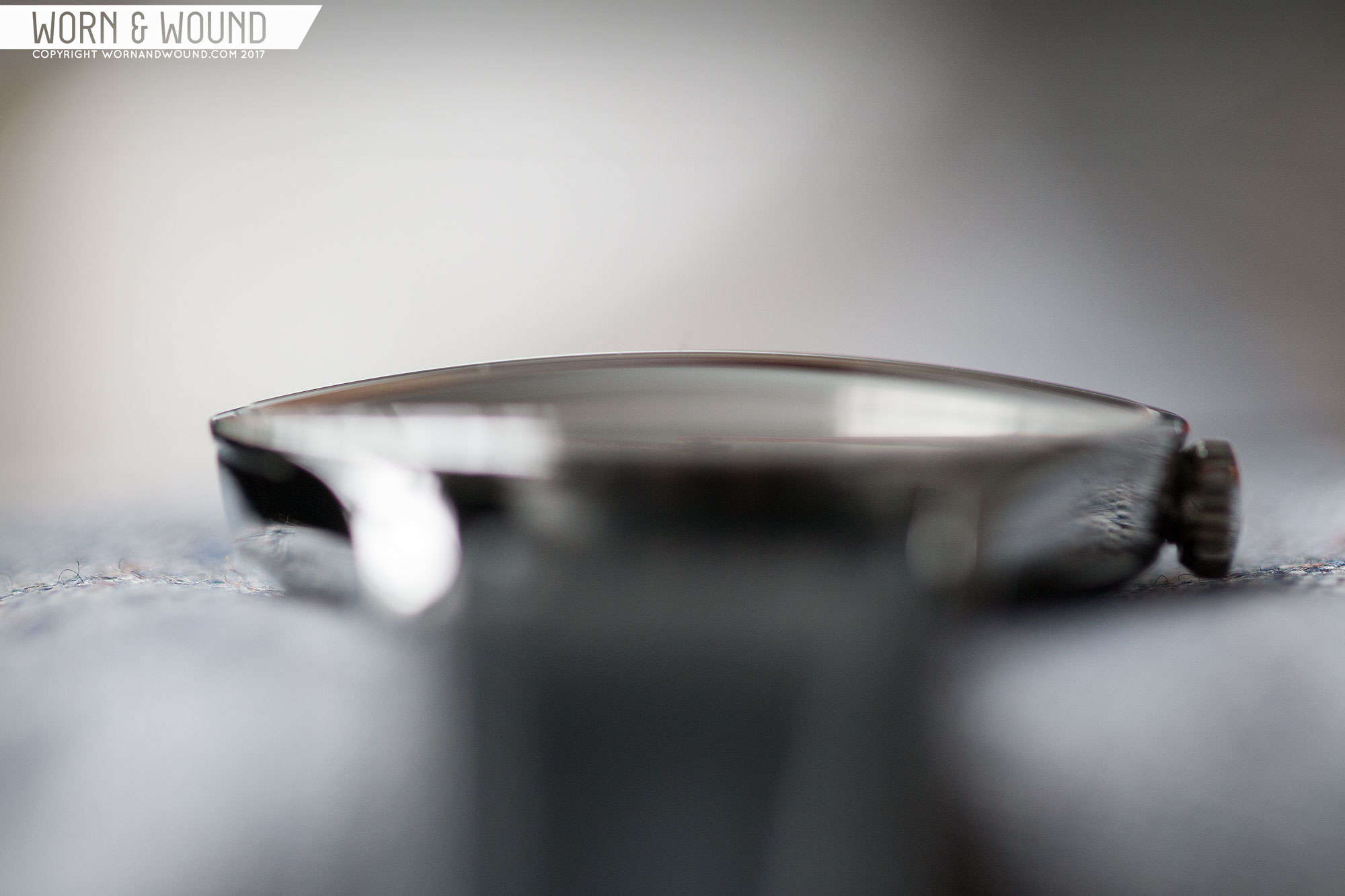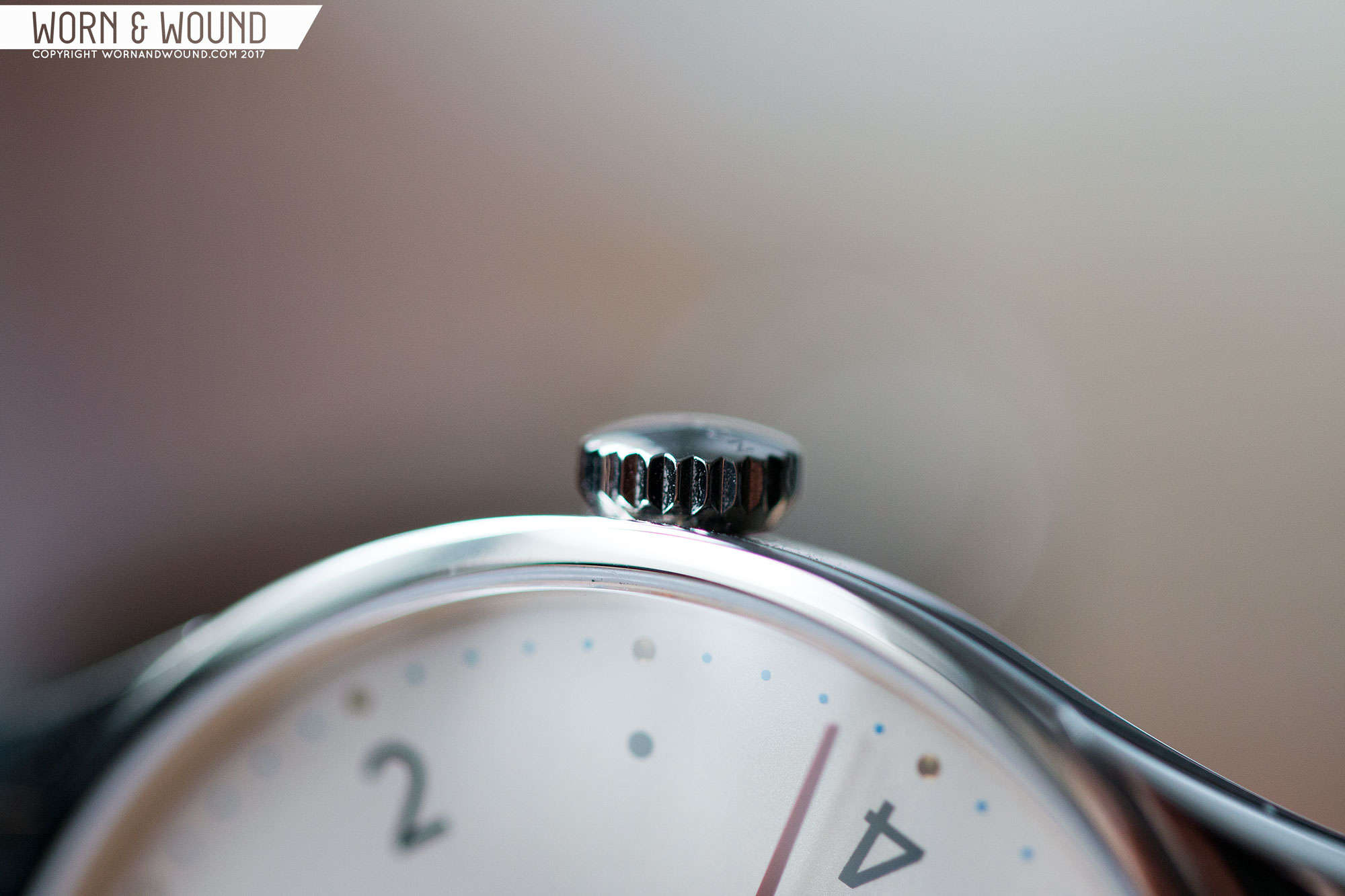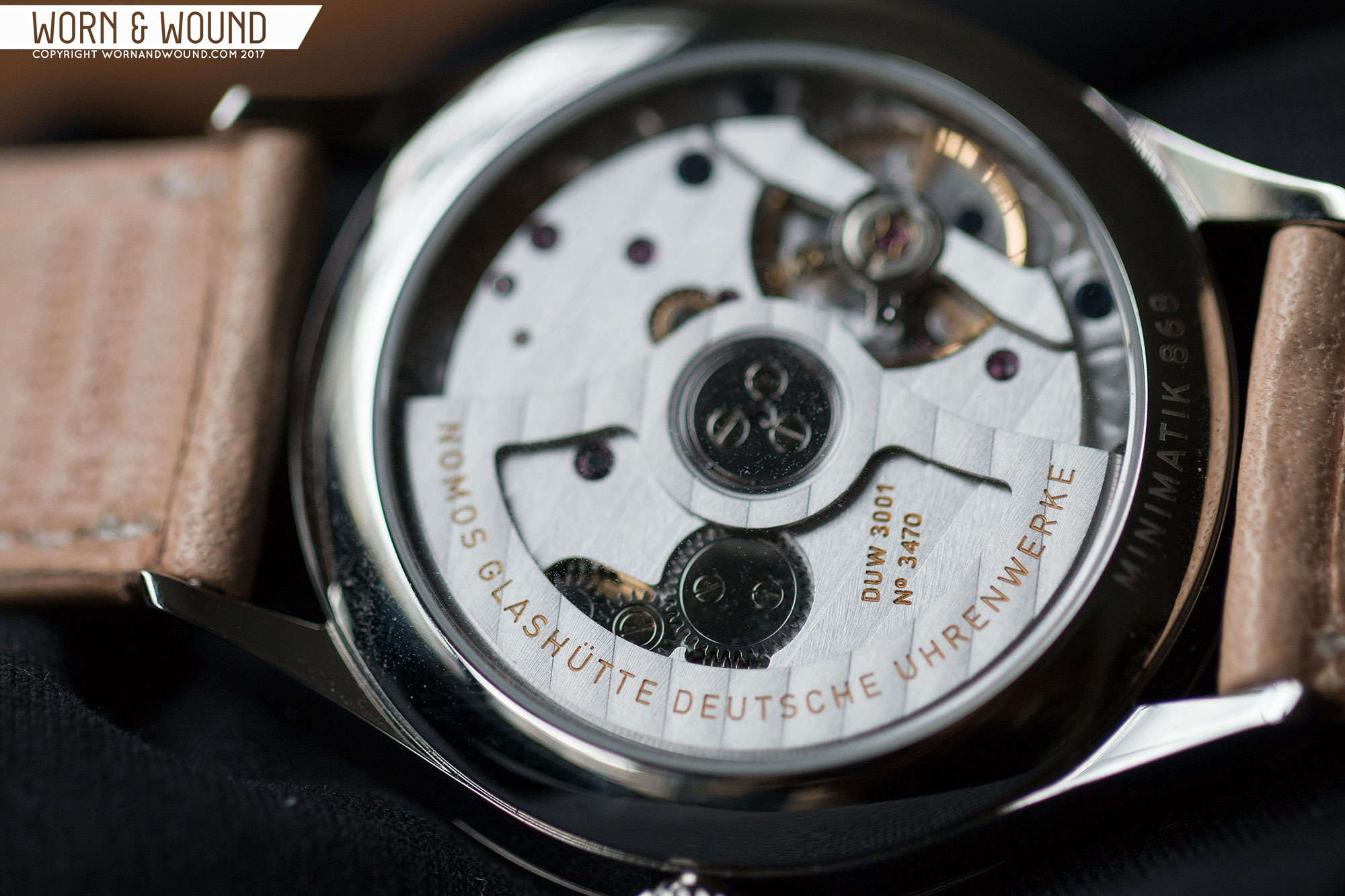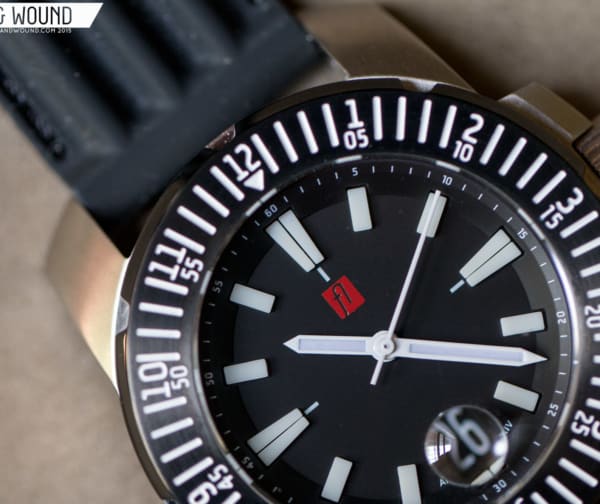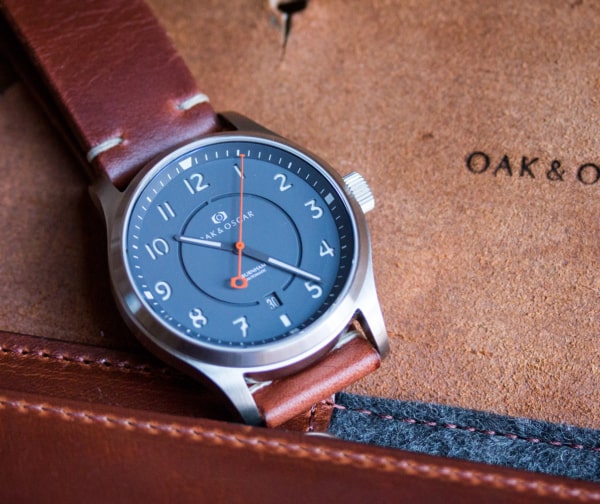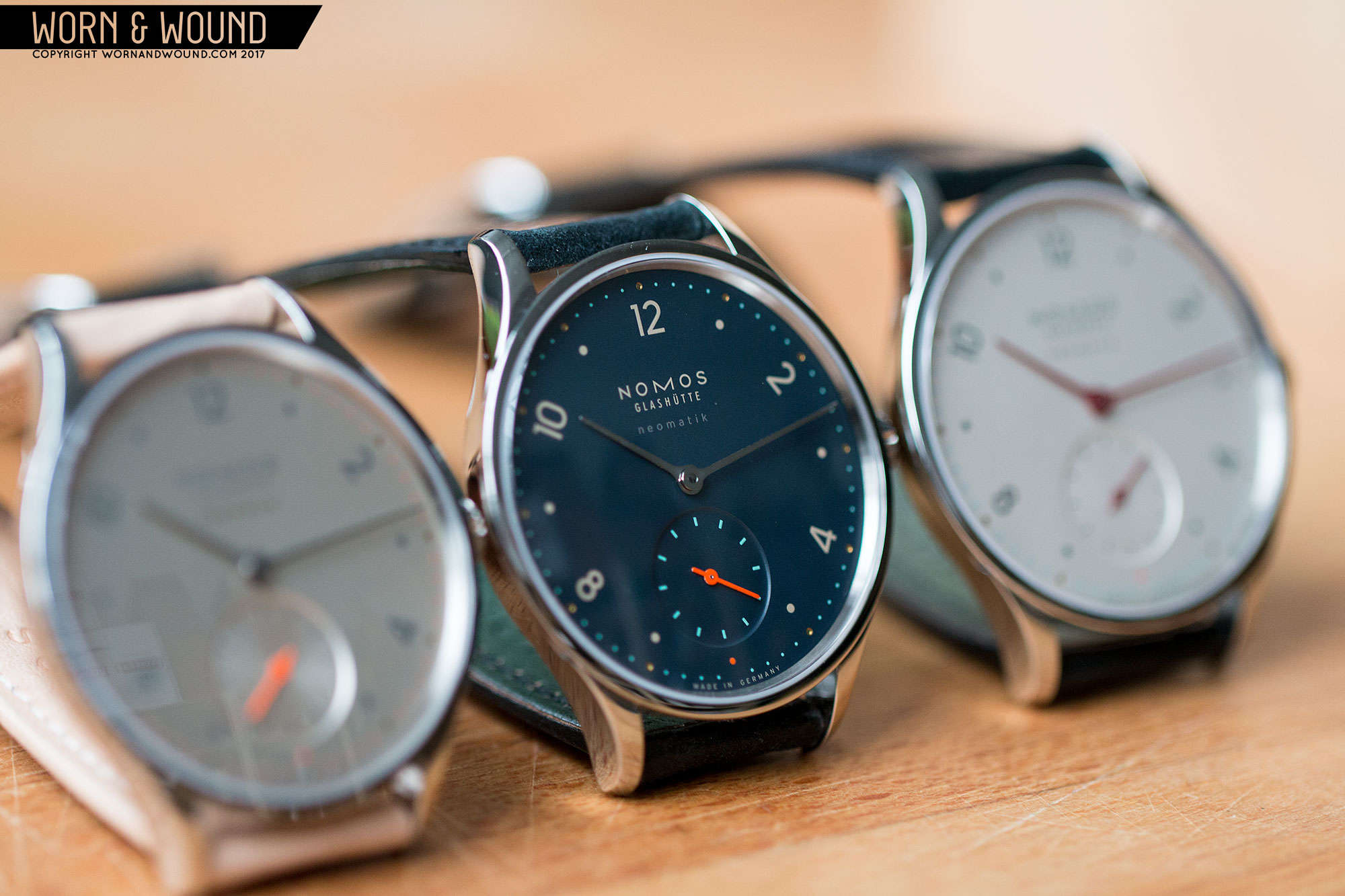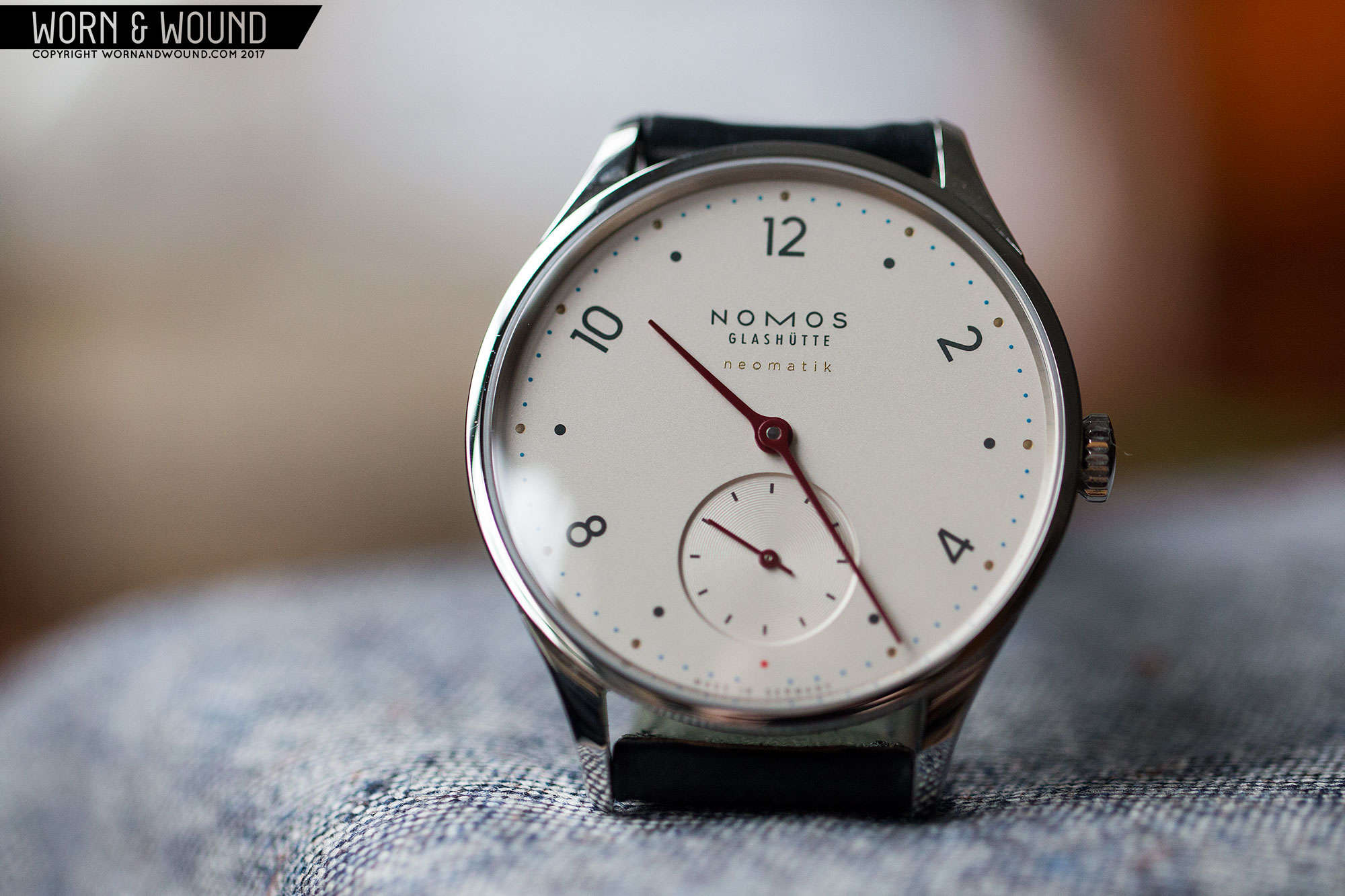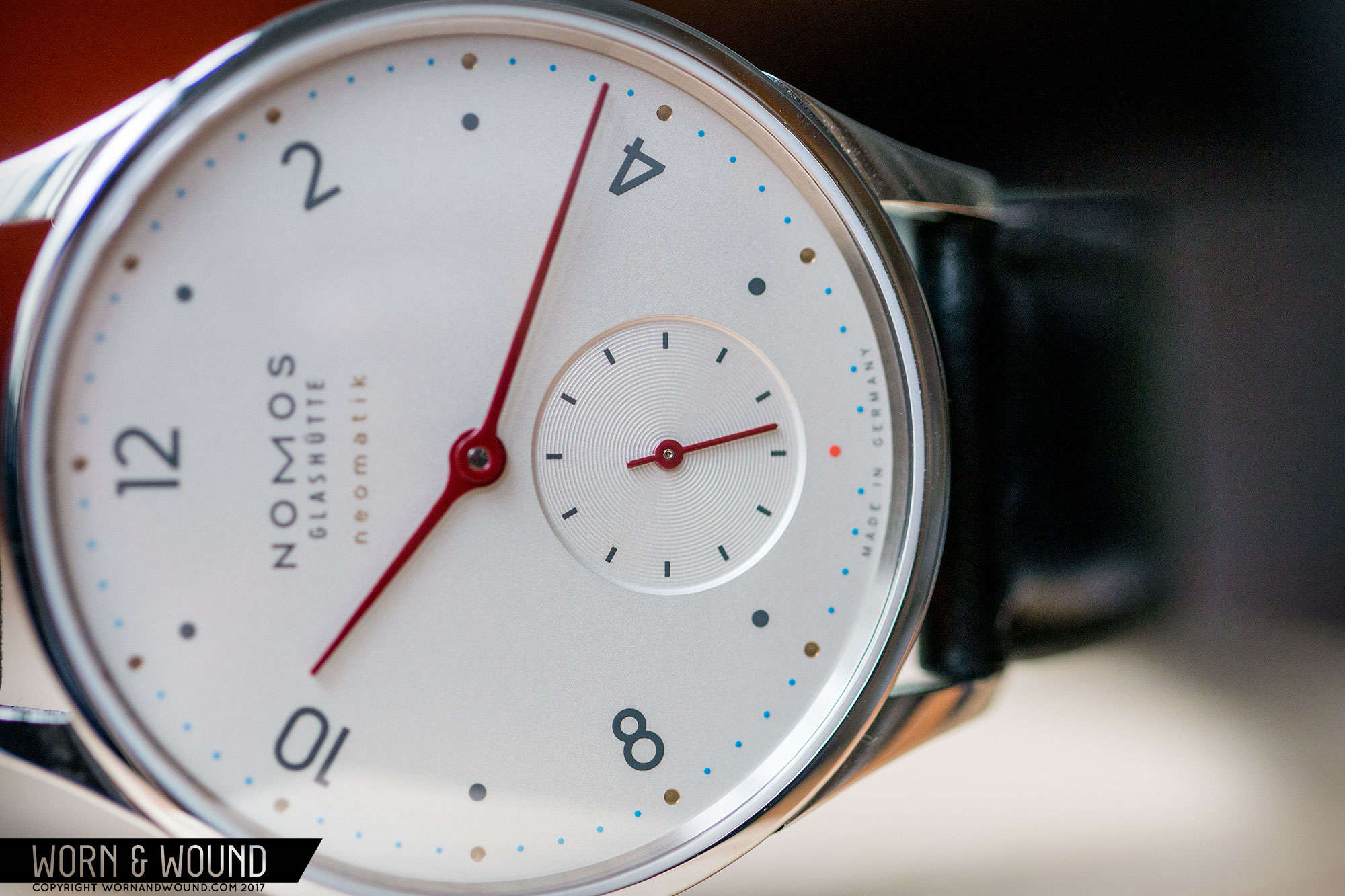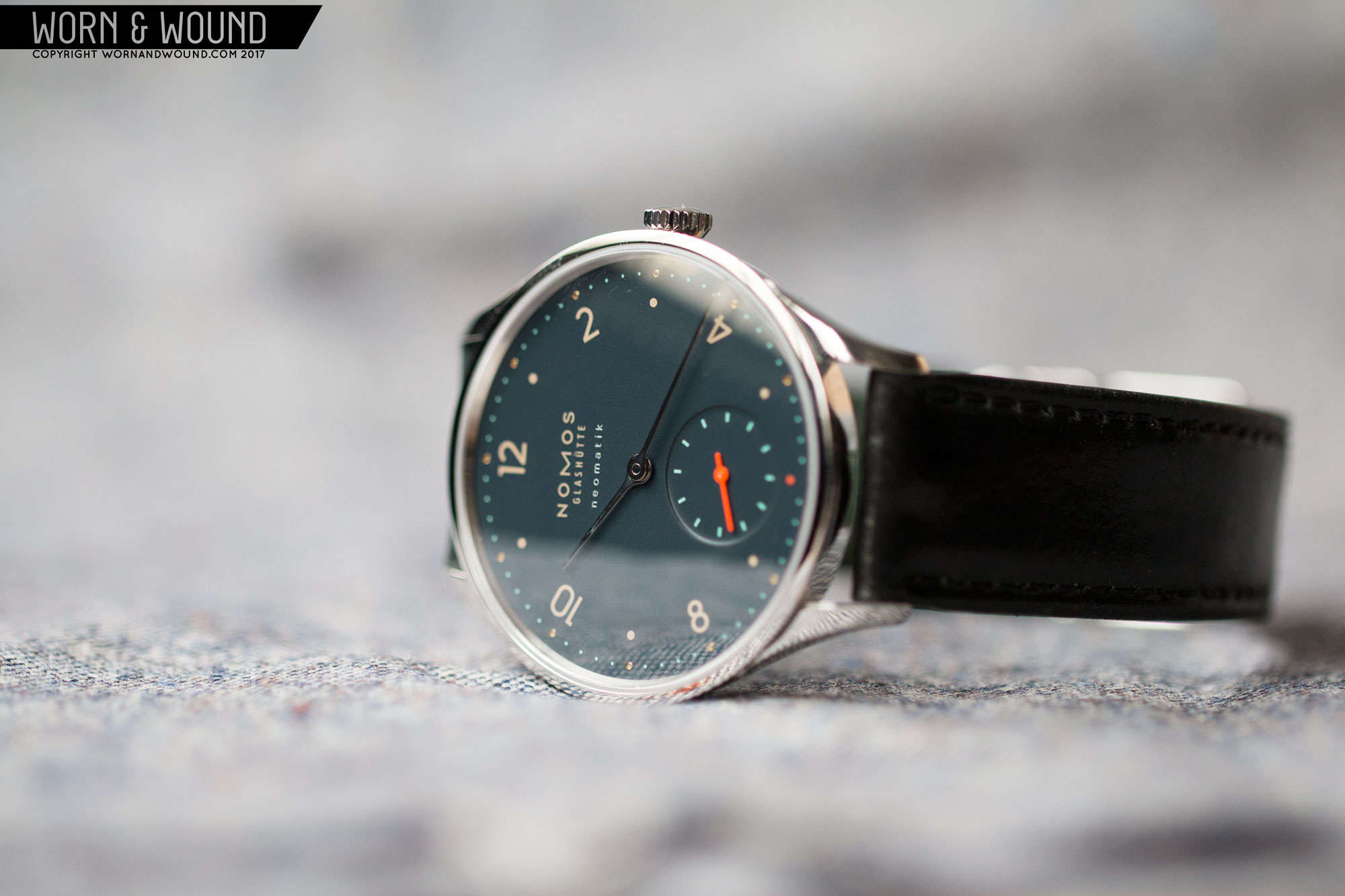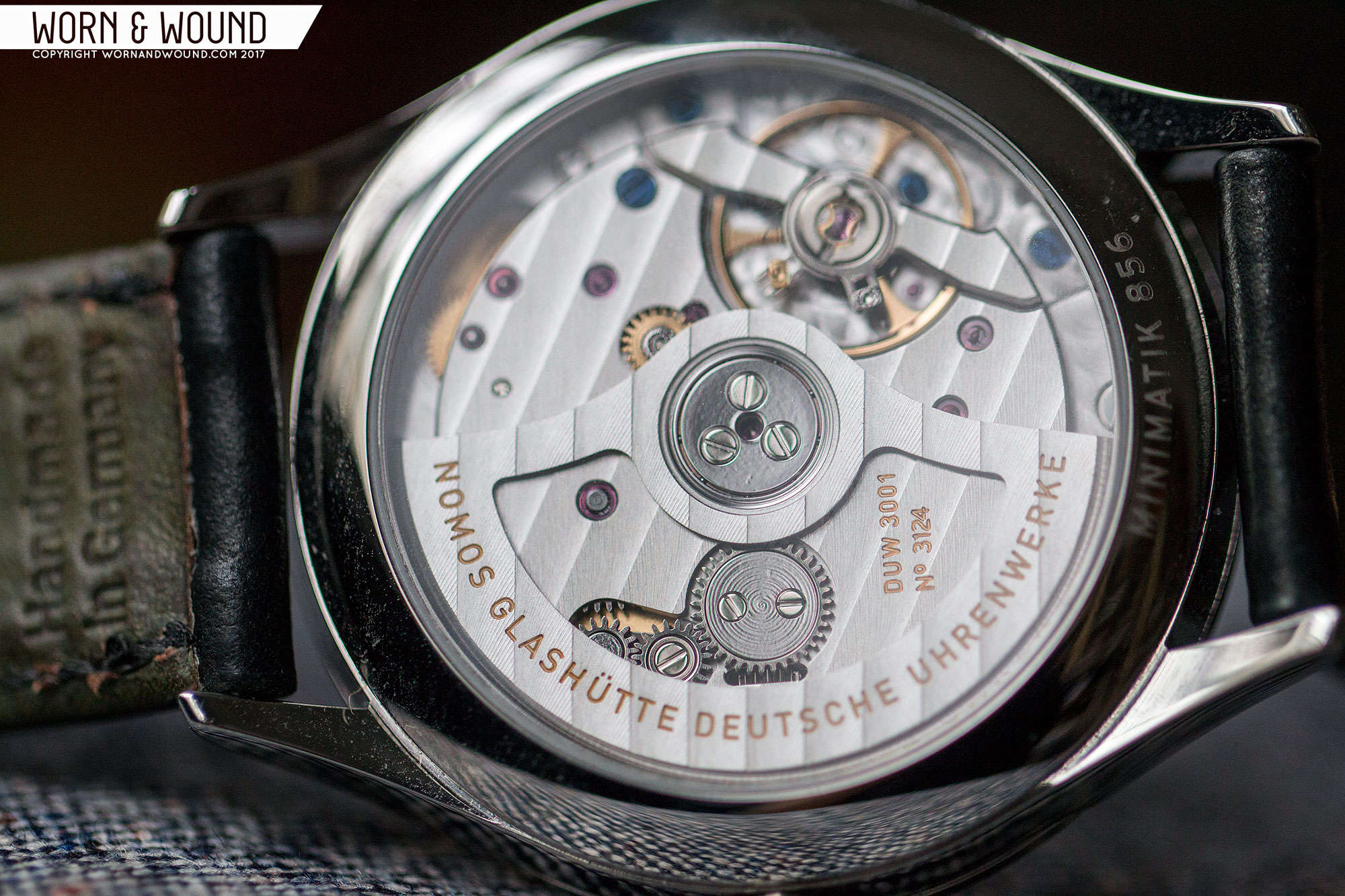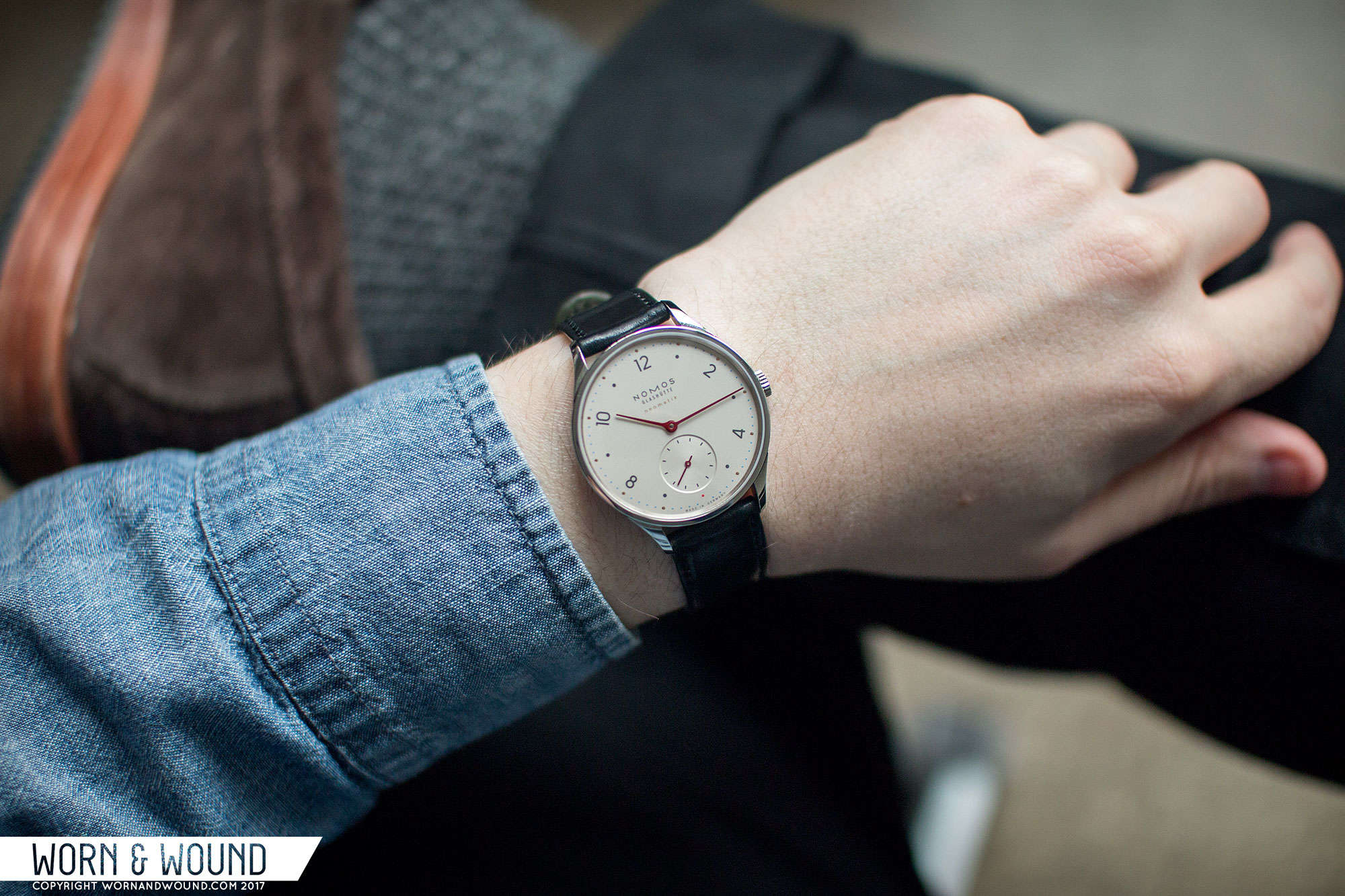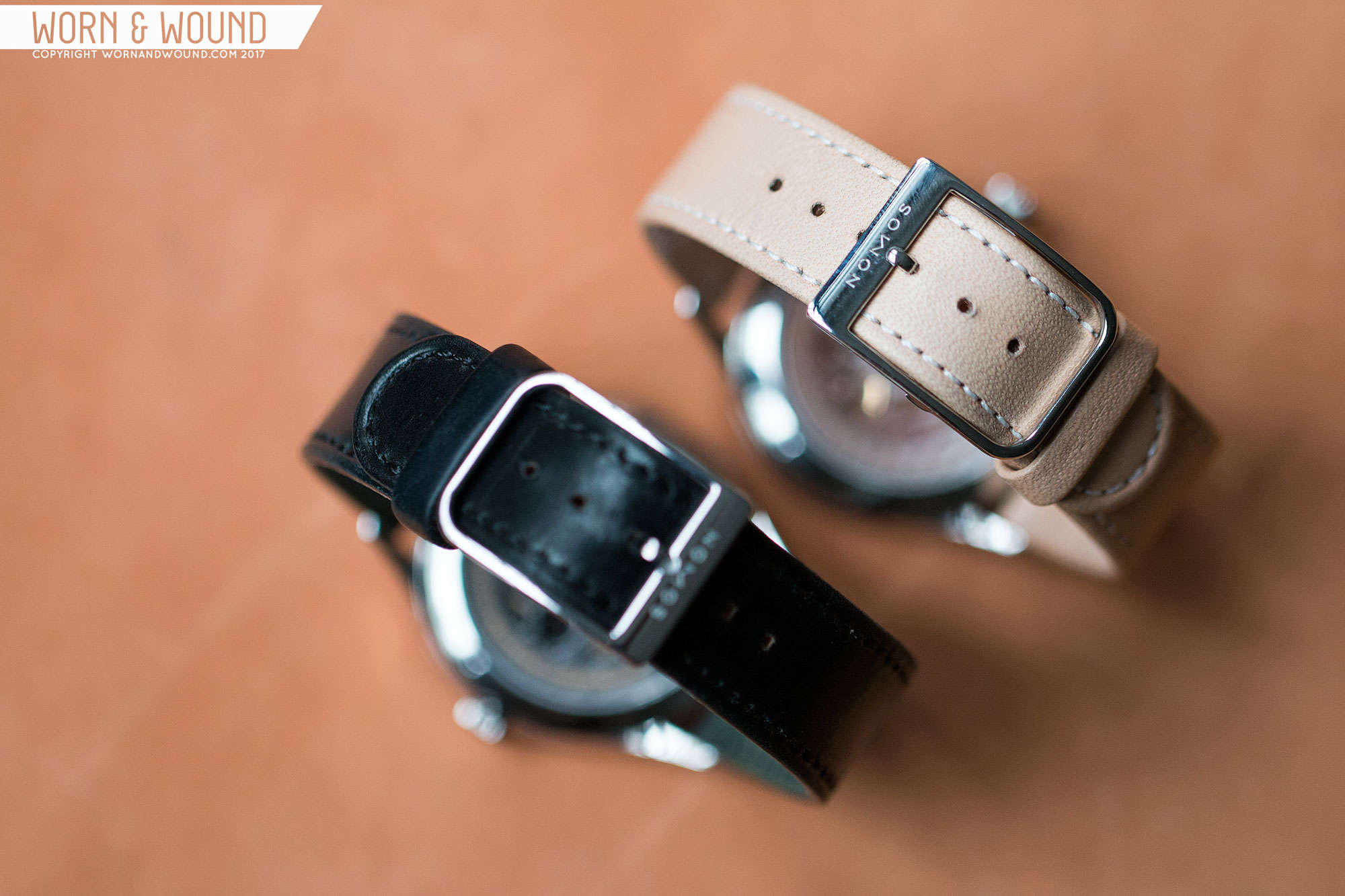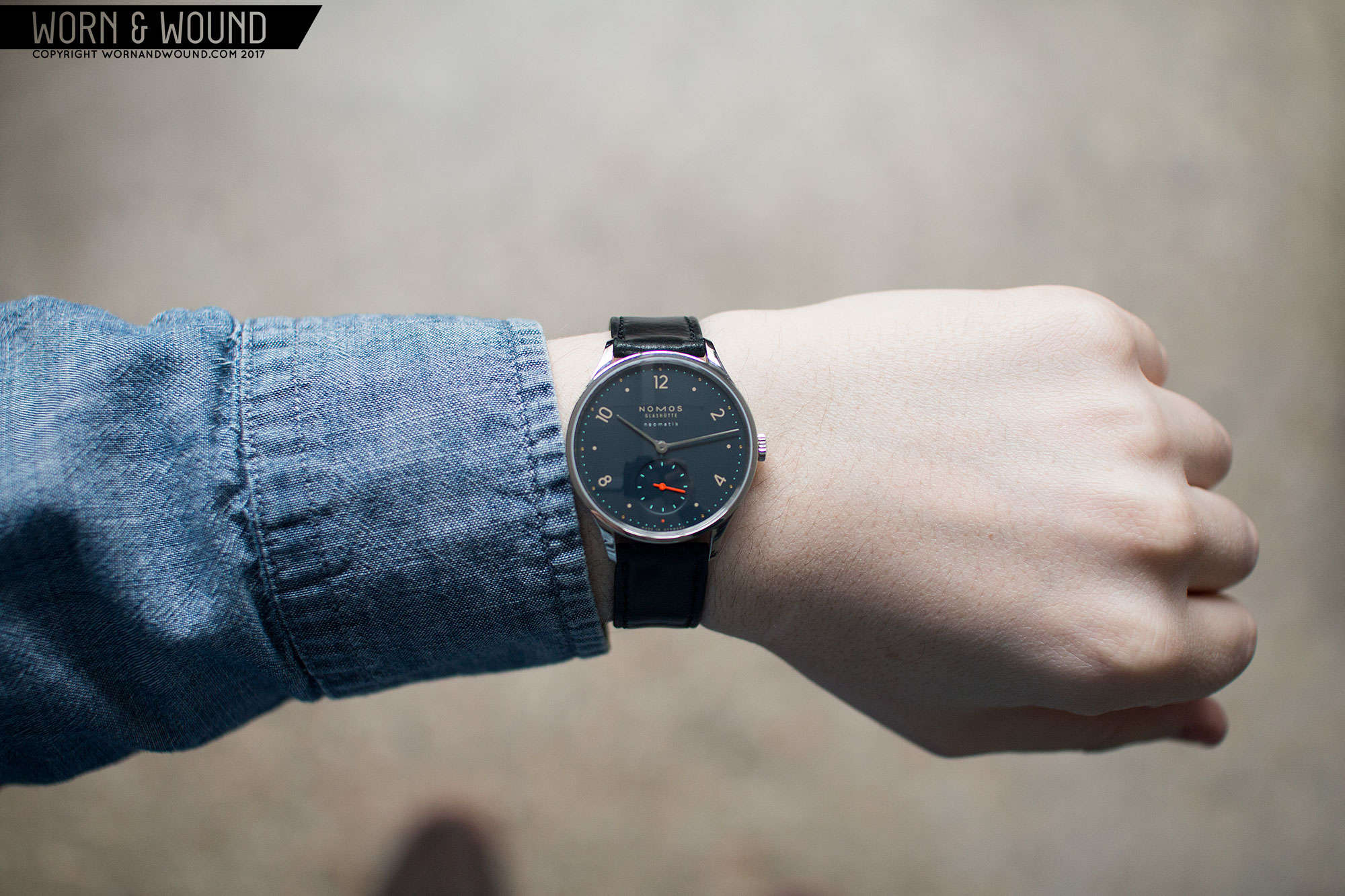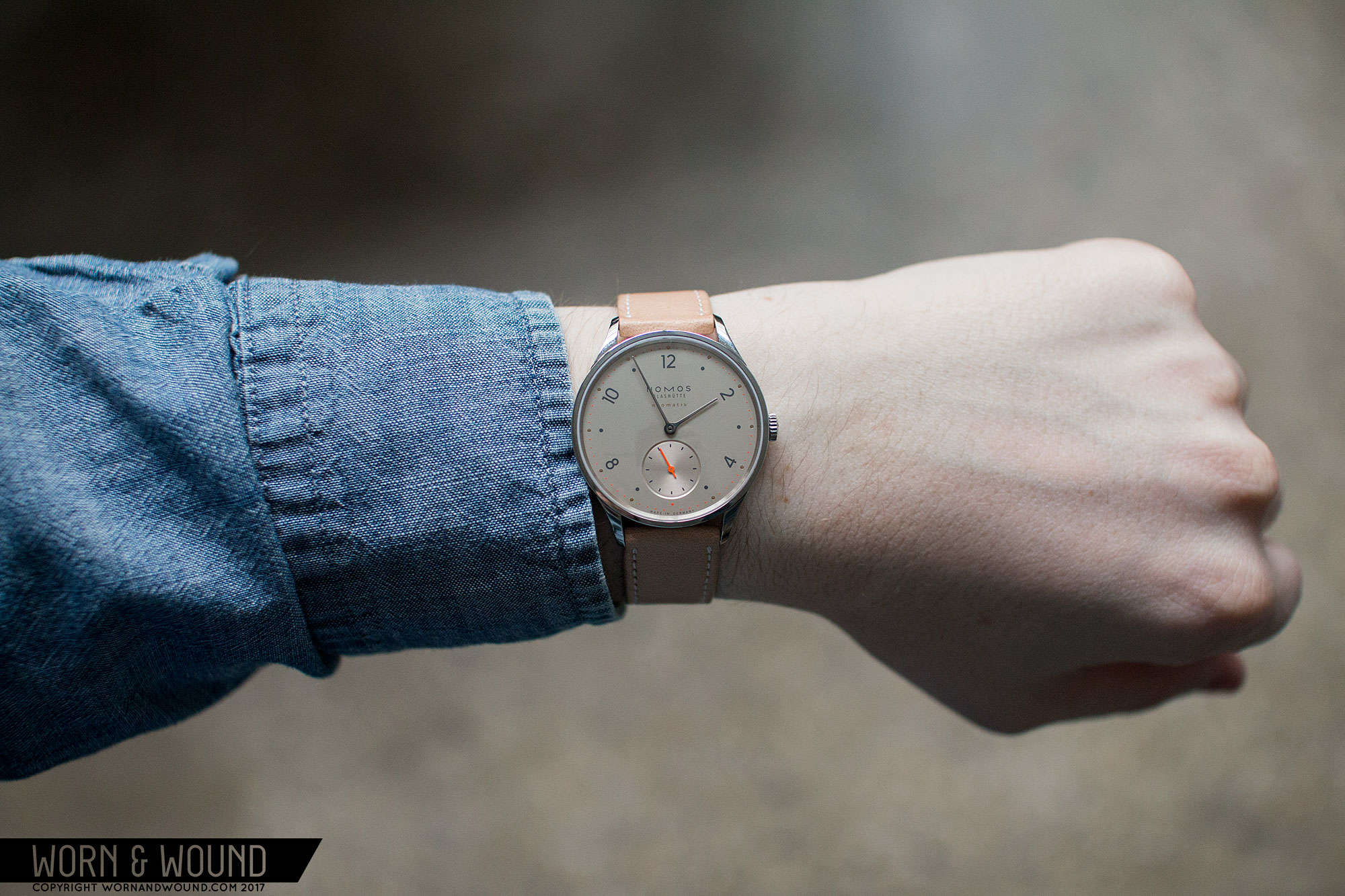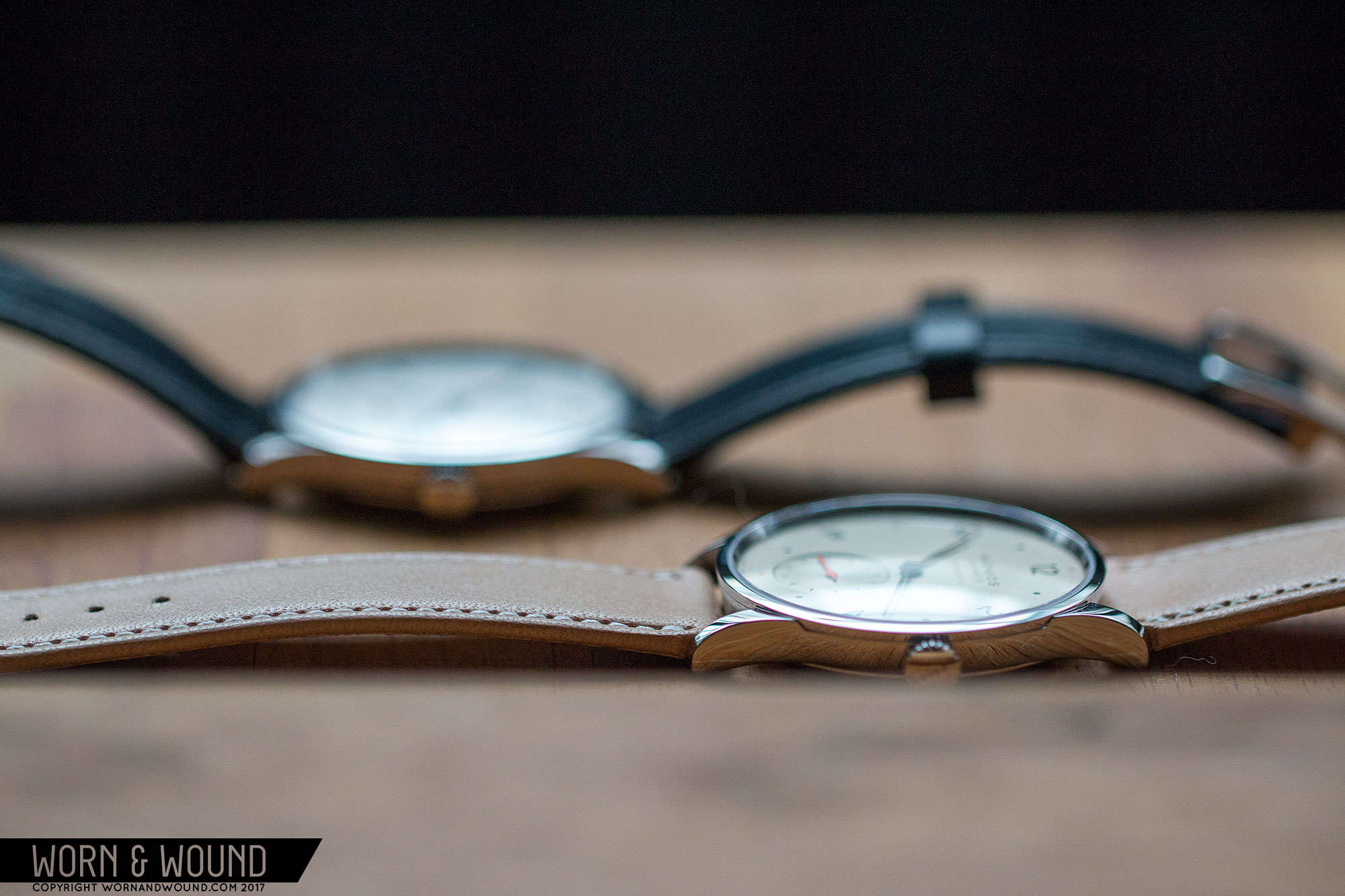There are few brands that nearly all watch collectors seem to agree on these days. Seiko is one, perhaps Rolex, or at least vintage Rolex, is another. Nomos, surprisingly, is also a candidate. I say surprisingly because Nomos doesn’t look or act like other watch brands. They don’t make big sports watches, they are relatively young, they have no celebrity ambassadors (at least that I am aware of) and their watches are, well, strange at times. More and more Nomos has pursued an aesthetic that runs counter to industry standards, working with young industrial designs to define a modern and forward thinking aesthetic.
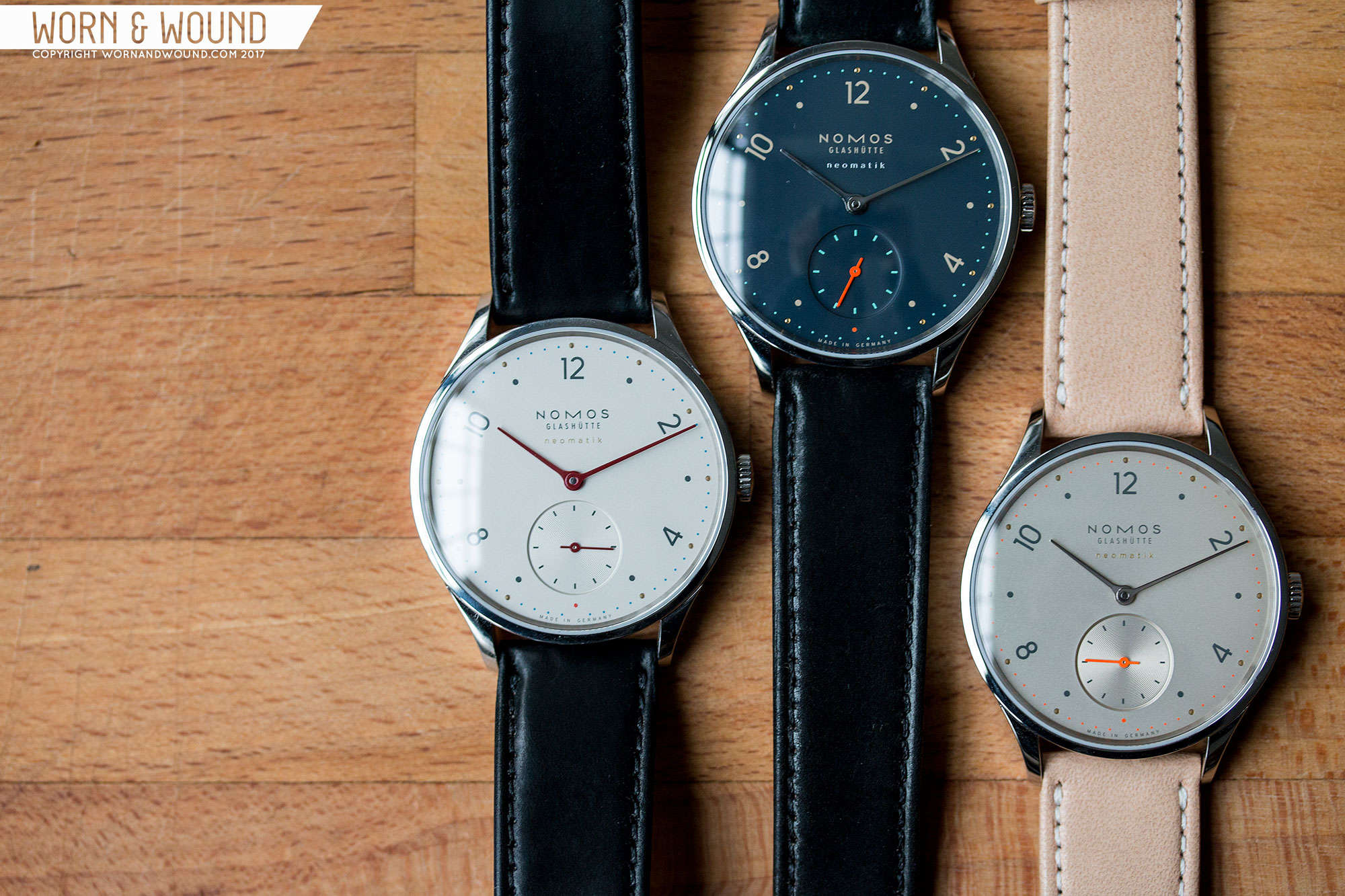 In 2015 Nomos announced a new line of watches that coincided with their release of a new caliber. The Minimatiks were small, svelte watches designed in the aesthetic spirit of the Metro line that was clearly a big success. Inside, Nomos’ new 3.2mm thin, fully German-made automatic movement, the caliber DUW 3001, was ticking away, keeping time. The watch was refreshing, though at the time was overshadowed by the debut of the new caliber, which is understandable as it’s not everyday that a brand releases a new thin automatic that is relatively affordable.
In 2015 Nomos announced a new line of watches that coincided with their release of a new caliber. The Minimatiks were small, svelte watches designed in the aesthetic spirit of the Metro line that was clearly a big success. Inside, Nomos’ new 3.2mm thin, fully German-made automatic movement, the caliber DUW 3001, was ticking away, keeping time. The watch was refreshing, though at the time was overshadowed by the debut of the new caliber, which is understandable as it’s not everyday that a brand releases a new thin automatic that is relatively affordable.
Since then, Nomos has put the new movement in most of the watches across their line (anything with “neomatik” on the dial) as well as released new exciting colors for all of them, including the Minimatik. Currently available in Silver/Classic, Nachtblau and Champagner, the Minimatik is a bit of a sleeper in Nomos’ current line, but one worth closer inspection. It has perhaps their most elegant case design to date, and a dial that is deceptively complex. With a price tag of $3,680 for the Silver/Classic and $3,800 for the Nachtblau and Champagner, the Minimatiks are accessible luxury watches, that while an investment are a very unique, high-end offering.









 Featured Videos
Featured Videos




